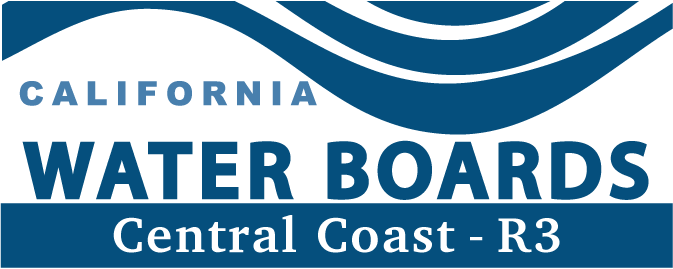Region 3 Wastewater Consolidation Program
Announcements
Join the Central Coast Water Board for a Bolsa Knolls Community Discussion on Sustainable Wastewater Solutions on February 27th, 6-7 PM, at Gavilan View Middle School Library. This event will be an opportunity for the community to share about current wastewater challenges and discuss potential solutions. Staff will provide information on resources available for switching from individual septic systems to a community sewer system.
Overview
What is the Wastewater Consolidation Program?
The State Water Resources Control Board (State Water Board) and the Regional Water Quality Control Boards (Regional Water Boards) recognize that improperly sited, designed, operated, and/or maintained onsite sewage treatment systems are a source of bacteria and nitrate pollution to surface water and groundwater and are impacting domestic groundwater supplies of communities throughout the Central Coast Region.
In 2018, Governor Brown signed SB 1215 into law, establishing funding and the regulatory framework for a statewide program to facilitate the consolidation of inadequate onsite sewage treatment systems with centralized wastewater treatment systems. SB 1215 authorizes Regional Water Boards to encourage, and if necessary, mandate the provision of sewer service to eligible communities (California Water Code, commencing with section 13288).
Who is eligible for the program?
The Wastewater Consolidation Program extends to all disadvantaged communities served by one or more inadequate onsite sewage treatment systems. California Water Code Section 79505.5 defines a disadvantaged community as “a community with an annual median household income that is less than 80 percent of the statewide annual median household income.” Eligible communities include, but are not limited to:
- Housing developments relying on aging individual septic systems
- Privately-owned communities such as mobile home parks
- Migrant housing centers
- California Native American Tribal Communities
Funds awarded can be used by sewer service providers for consolidation project costs including planning, design, and construction, including upgrades to existing centralized treatment facilities to accommodate additional flow and address compliance issues. Communities that do not have DAC status can also apply.
What is an onsite sewage treatment system? What is an inadequate system?
Onsite sewage treatment systems are a decentralized form of wastewater treatment designed to treat and dispose of wastewater on the same property where it is produced. Examples of onsite sewage treatment systems include, but are not limited to, septic tanks, cesspools, leach fields, and seepage pits.
Inadequate and aging or failed septic systems have been identified as a source of increased nitrate contamination in domestic water supply wells throughout the state. An onsite sewage treatment system is considered inadequate if it has the reasonable potential to cause a violation of applicable water quality objectives, impair present or future beneficial uses of water, or cause pollution, nuisance, or contamination of waters of the state (California Water Code Section 13288).
Contact Us
Leah Lemoine
Water Resource Control Engineer
Waste Discharges to Surface Water, NPDES
Leah.Lemoine@waterboards.ca.gov
Kathy Truong
Water Resource Control Engineer
Waste Discharges to Land, WDR
Kathy.Truong@waterboards.ca.gov
Arwen Wyatt-Mair
Senior Water Resource Control Engineer
Program Manager
Arwen.WyattMair@waterboards.ca.gov



